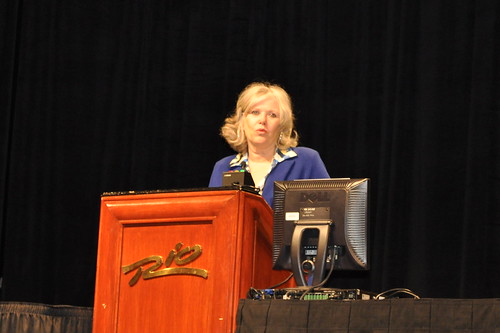Closing the Technical Workforce Gap
Yesterday, I shared Bill Boswell’s Crisis in Manufacturing presentation from PLM Connection. In the middle of his presentation was this cute video on the STEM skills gap.
It was a TV spot for the National Defense Education Partnership to encourage STEM careers and close the technical workforce gap. Which brings me to part two of the academic keynote presentation from PLM Connection. Jane Oates is the assistant secretary of state for the U.S. Department of Labor’s Employment and Training Administration (ETA). I shared earlier my conversation with Jane, but it’s important that you hear her presentation directly.
Jane Oates, U.S. Department of Labor, on Closing the Technical Workforce Gap
The ETA is the federal agency that provides job training, employment, labor information and income support for workers who have lost their jobs. The agency is strengthening partnerships across state and federal organizations, developing clearer career pathways with industry-recognized credentials and developing better virtual career tools. Jane noted they have trained over 300,000 people in the last 18 months.
Two things stand out in particular from Jane’s speech. First is the $2 billion in funds for trade adjustment assistance community college capacity building (TAACCC grants). This helps community college build curriculum and capacity to close the technical skills gaps. In the first round of funding, 28 of the 48 college grants added manufacturing curriculum. Jane noted that manufacturing has added 139,000 jobs this year. She pointed out that they have shifted focus with these grants on job placement outcomes to ensure success.
“The bottom line in the application is ‘Did they get a job?’. That’s where we have to focus. For us to really believe that we’re responding to the skills gap, we need clear data that says we used this curriculum and got the person a job.”
The other interesting thing Jane shared was ETA’s jobs accelerator model. It funds small communities from a pot of $35 million. Previously it could be for any type of business but this year they concentrated on advanced manufacturing. It seems those two combined could really impact communities across the U.S.
As Jane said, you should be knocking on the door of your community college to see how they are addressing manufacturing. If any of you are engaged with your local college on programs to close the technical workforce gap, let me know so we can share some best practices.
– Dora


